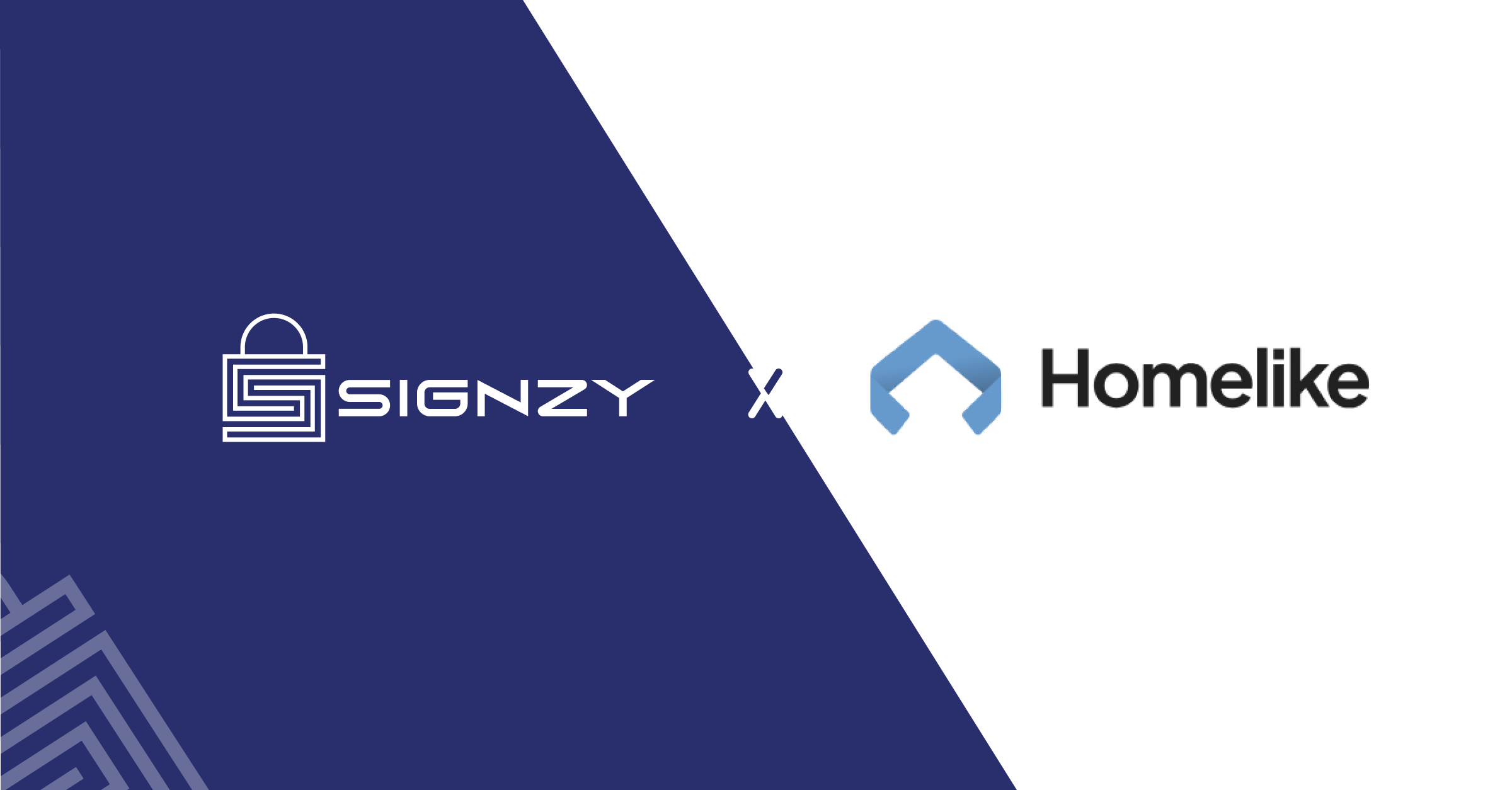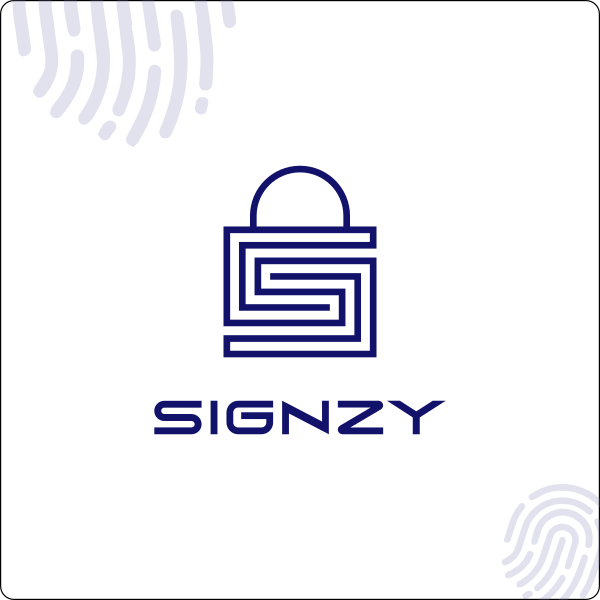Blogs


Product
What Is a Machine Readable Zone? MRZ Codes Explained
Published on Jul 7,2025
6 minutes read

Product
Minor KYC Compliance Guide [2025]
Published on Jul 7,2025
4 minutes read

Product
Conducting CURP Verification: Overview, Process, Automation, and More
Published on Jun 19,2025
6 minutes read

Product
10 Best KYB Verification Services in 2025 | Complete Comparison Guide
Published on Jun 18,2025
9 minutes read

Product
Best AML Softwares for Regulatory Compliance [2025 Rankings]
Published on Jun 18,2025
7 minutes read

Product
What Is Domain Verification? Use Cases, Automation, and More
Published on Jun 13,2025
7 minutes read


Product
What Is a Machine Readable Zone? MRZ Codes Explained
Published on Jul 7,2025
6 minutes read


Product
Conducting CURP Verification: Overview, Process, Automation, and More
Published on Jun 19,2025
6 minutes read

Product
10 Best KYB Verification Services in 2025 | Complete Comparison Guide
Published on Jun 18,2025
9 minutes read

Product
Best AML Softwares for Regulatory Compliance [2025 Rankings]
Published on Jun 18,2025
7 minutes read

Product
What Is Domain Verification? Use Cases, Automation, and More
Published on Jun 13,2025
7 minutes read

Partnership
Signzy Partners with Asapp Financial Technology to Revolutionize Digital Onboarding In Canada’s Banking Industry
Published on Oct 3,2024
3 minutes read

Partnership
Homelike Partners with Signzy to Streamline Customer Onboarding with One Touch KYC Solution
Published on Aug 8,2024
2 minutes read

Media Releases
Signzy & ONEngine.ai Partner to Simplify Digital Identity Verification for Businesses
Published on Feb 24,2025
4 minutes read

Media Releases
Signzy at the Global Fintech Fest 2024 – Key Highlights
Published on Sep 25,2024
4 minutes read

Media Releases
Trust Your Supplier, Signzy partner to revolutionize AI-powered digital onboarding, identity verification
Published on Mar 28,2024
3 minutes read



Media Releases
Signzy Launches One-Touch Know Your Customer (KYC) For Seamless Digital Onboarding
Published on Mar 28,2024
3 minutes read

Industry
You might lose your best pal, CFPB—before that, know what it really does!
Published on Mar 3,2025
7 minutes read

Industry
FATF’s vital recommendations and why they’re important for your business
Published on Jan 27,2025
7 minutes read

Industry
Unmasking Deepfakes: Insights from the Latest FinCEN Alert
Published on Nov 19,2024
6 minutes read

Industry
What is the Bank Secrecy Act? Policies, Changes & Business Impact Explained (2024)
Published on Nov 4,2024
7 minutes read

Industry
Crypto’s grand comeback in the U.S: Here’s how the currency is affecting elections, policies, and everything in between
Published on Oct 25,2024
8 minutes read

Industry
Understanding the Impact of FinCEN’s New Rules on Financial Institutions
Published on Sep 13,2024
4 minutes read

Subscribe to our newsletters
Error: Contact form not found.









